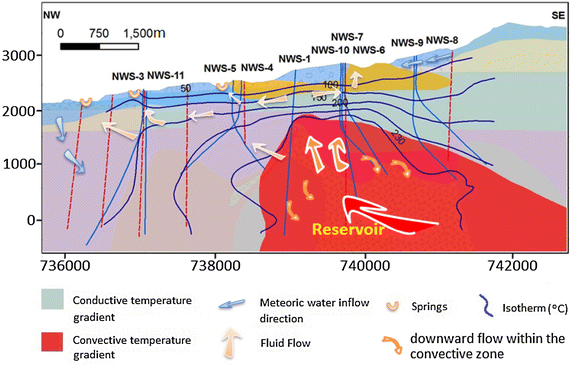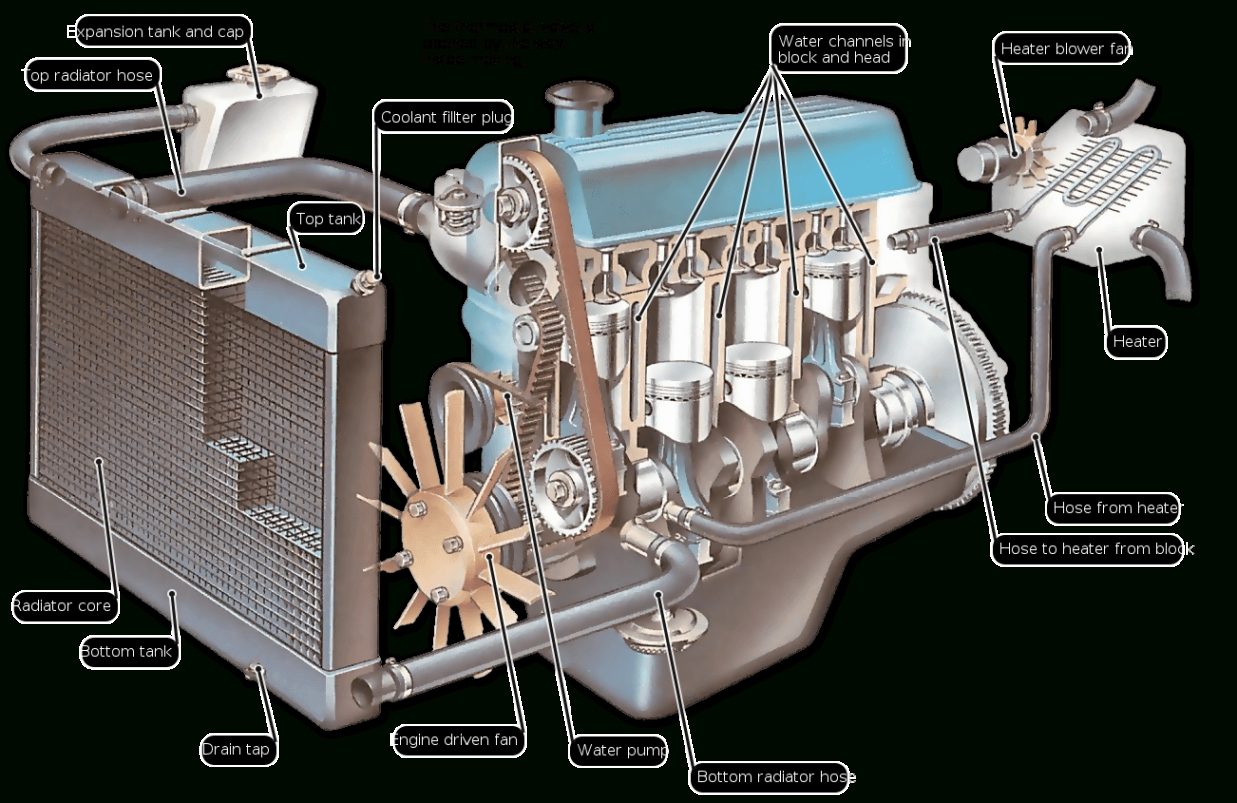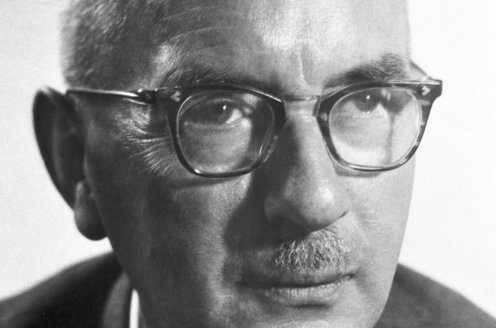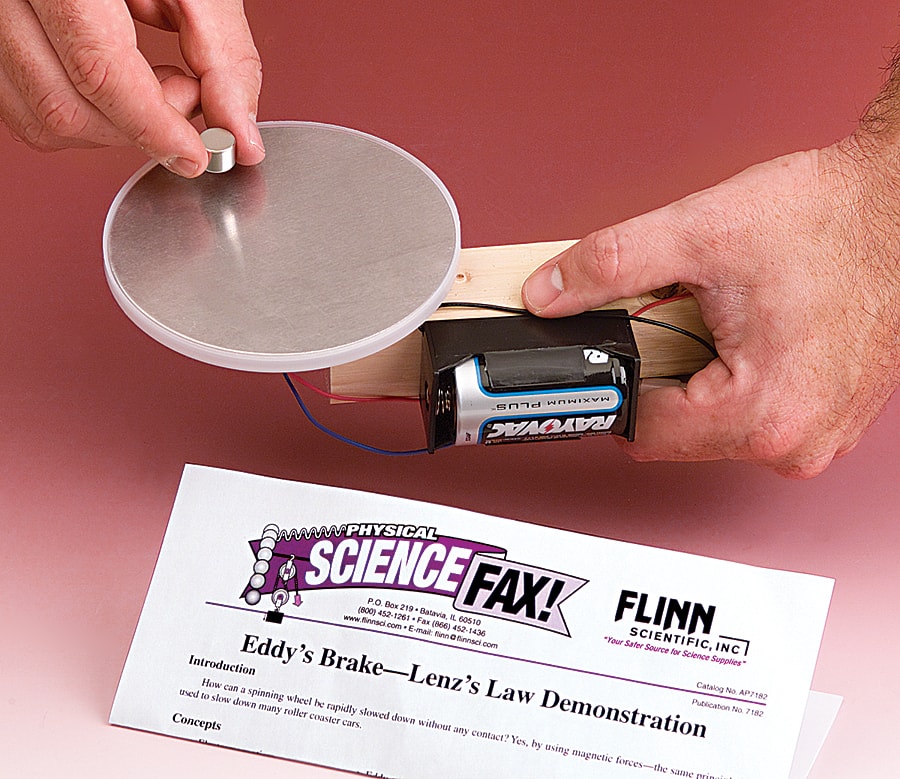Fluid flow in geothermal systems is important and has been vastly studied over the past ten to fifteen years. Geothermal systems throughout the world are high temperature, pressure systems, although not widely understood as they are complex systems and not easy to study because of their dynamic environment.
Fluid movement through geothermal systems is important in geothermal power generation, understanding hydrothermal flow and mineral alteration in the formation of ore bodies such as gold, silver, copper, lead and zinc. It is believed that the mineral alteration and precipitation in these systems assists in the formation of these ore bodies. To understand how this happens, scientists need to understand the workings of geothermal permeability or fluid flow through reservoir rocks.
Permeability in Geothermal Systems
Bulk permeability is characterised as mass fluid flow that may be moved by convection through the deep fractured basement rocks of a geothermal system (Rowling et al, 2004, Taron et al., 2009). Matrix permeability is related to the matrix of the reservoir rock by way of the vein and small fracture networks through a rock (Graf and Therrien, 2009). It has been widely thought that porosity and bulk/matrix permeability aid in the movement of fluid through geothermal reservoir rocks throughout the world. Matrix and fracture permeability control whether geothermal flow is stable or unstable. Thermal convection of fractured rock may be established in high-permeability fracture zones.
Reservoir rocks in the Taupo Volcanic Zone are characterised as basement rocks of greywacke/argillite from Mesozoic era overlain by Quaternary volcanic rocks. These rocks can extend to depths of approximately 3 – 5 kilometres (Rowland and Sibson 2004). However, reservoir rocks in the German geothermal reservoir include sandstone and andesite of Lower Permian era, located 3850-4258m deep (Blocher, Zimmerman and Milsch 2009). The Tiwi geothermal field basement rocks are shallow, when compared with the TVZ and Gross Schoenebeck at 1500m below sea level, although core samples have been taken from depths up to 2439m.
Modelling for Geothermal Systems
Numerical models include using computer programmes such as FLAC3D, TOUGHREACT as a framework for numerical models. In some cases mohr-coulomb material was used to represent a more realistic environment of the mid to upper crust. Darcy flow was also used in conjunction with these calculations. Many numerical studies are based entirely on numerical and analytical analysis with little or no collected data, thus making it harder to get a real comparison.
There are many geothermal systems throughout the world and as the search for energy resources around the world heats up, so too is the way research is evolving. Older research investigating the connection between bulk permeability and fractured rock has given good grounding for future studies such as numerical and analytical modelling. Modelling includes; seismic, thermo, three-dimensional or fluid convection models. Other research methods have included; core sampling, borehole and thin section analysis.









